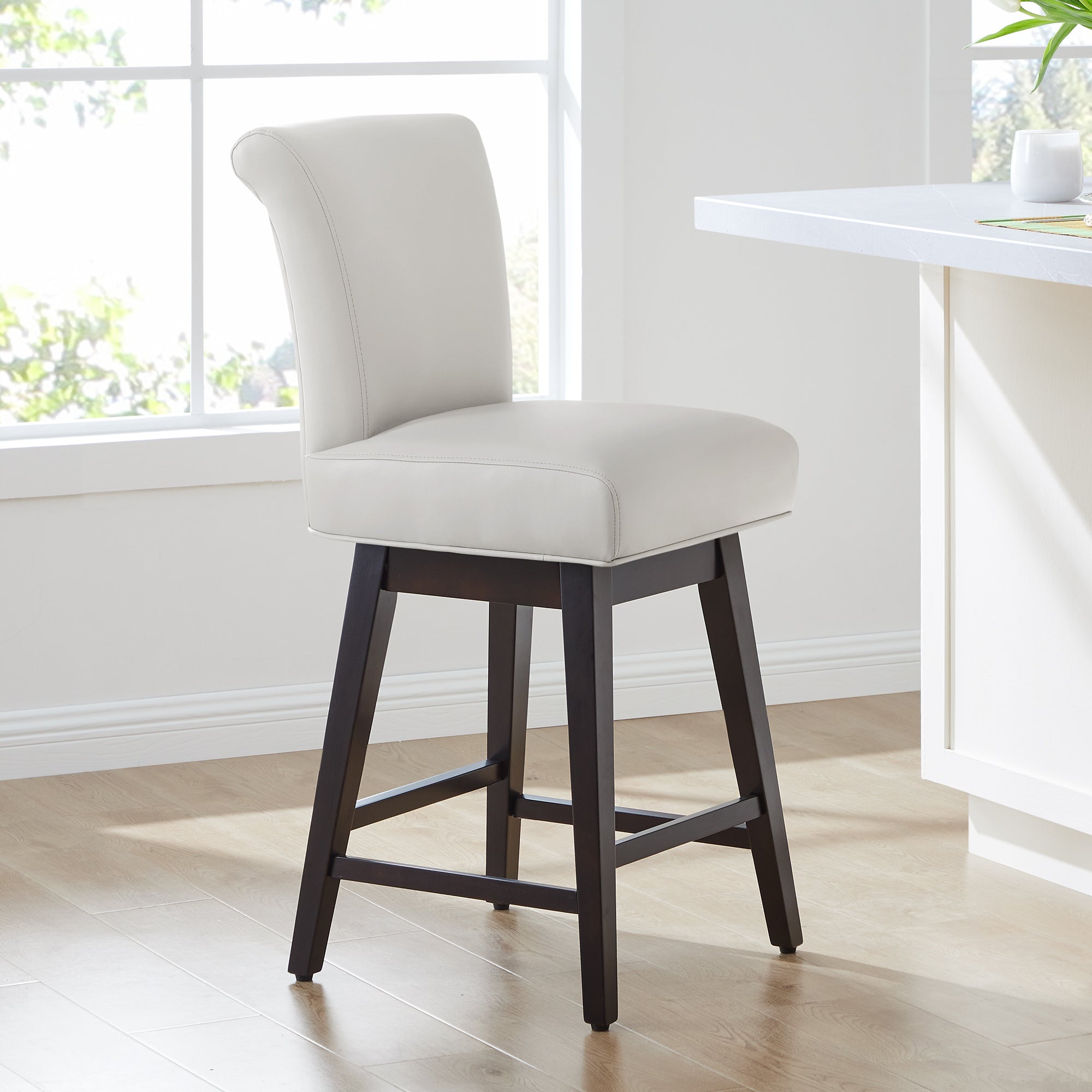Transform Your Space: The Ultimate Guide to Choosing the Perfect Counter Stools!
Counter stools are more than just seating; they are a pivotal element in enhancing the aesthetic and functional aspects of both home and business environments. Whether you're outfitting a cozy kitchen breakfast nook or a bustling café, the right counter stools can add a touch of style and comfort that transforms the atmosphere. Not only do they provide a convenient seating option at higher counters, but they also serve as a visual anchor in your space, creating an inviting and cohesive look. In this guide, we will delve into the various factors to consider when selecting counter stools, from height and style to material and comfort, ensuring you make an informed choice that complements your unique needs.

Understanding Counter Stools
Counter stools are designed specifically for use at counters, which are generally 34 to 36 inches in height. Unlike bar stools, which are taller and suited for bar-height tables, counter stools offer a comfortable height that aligns with standard kitchen counters and islands. They typically feature a seat height ranging from 24 to 26 inches, making them ideal for casual dining or social gatherings. The design of counter stools can vary greatly, featuring options such as backrests, armrests, or swivel seats, allowing for personalized comfort and style. Understanding these distinctions is essential to making the right choice for your space.
Factors to Consider When Choosing Counter Stools
When it comes to selecting the perfect counter stools, several key factors should guide your decision-making process. First and foremost, the height of the stools must align with your counter's height to ensure comfort and usability. Style is another vital consideration; the stools should harmonize with your existing decor and reflect your personal taste. Additionally, the material plays a significant role in both durability and maintenance; different materials come with their own set of advantages and challenges. Lastly, comfort cannot be overlooked, particularly in spaces where people may sit for extended periods. Each of these factors contributes to the overall look and functionality of your space, making it essential to choose wisely.
Height Matters
Getting the height right is crucial when selecting counter stools. Standard counter heights usually range from 34 to 36 inches, meaning that the seat height of your stools should typically be between 24 and 26 inches. It's important to measure your counter before shopping to ensure a comfortable fit. Imagine hosting a dinner party, where your guests can easily slide onto their seats without feeling cramped or awkward. A well-measured stool can make all the difference in creating a welcoming atmosphere.
Style and Design
Counter stools come in a variety of styles, from sleek and modern to rustic and traditional. When choosing a style, consider the overall theme of your space. For instance, if you have a contemporary kitchen, you might opt for stools with clean lines and minimalist features. On the other hand, in a farmhouse-style home, wooden stools with a distressed finish could enhance the cozy ambiance. Mixing and matching styles can also be an option, but it's essential to maintain a balance to avoid a chaotic look.
Material Choices
The material of your counter stools significantly affects their durability and maintenance. Common materials include wood, metal, and upholstery. Wooden stools are often sturdy and timeless but may require more care to maintain their finish. Metal stools offer a modern aesthetic and are typically easier to clean but might lack comfort without additional padding. Upholstered stools provide the highest level of comfort, but they may need more frequent cleaning. Understanding the pros and cons of each material can help you select the best option for your lifestyle.
Comfort and Functionality
Comfort is paramount, especially if you plan to use your counter stools for long periods, such as during family meals or social gatherings. Look for stools with adequate seat padding and, if possible, back support. This consideration can greatly enhance the experience of sitting at the counter. I remember a friend who swapped out her hard wooden stools for cushioned ones and noted how much more enjoyable her family gatherings became. Investing in comfort is investing in the overall enjoyment of your space.
Where to Use Counter Stools
Counter stools can be effectively utilized in a variety of settings. In kitchens, they provide casual seating for quick meals or morning coffee. Home bars benefit from counter stools by creating a relaxed environment for entertaining guests. In commercial settings like cafes or restaurants, the right counter stools can enhance the dining experience and encourage customers to linger. Each setting calls for a different approach, and the choice of stool can significantly enhance the overall ambiance, making it worthwhile to select thoughtfully.
Tips for Arranging Counter Stools
Arranging counter stools effectively can optimize both space and functionality. When positioning your stools, consider the flow of movement around your counter; ensure there is enough space for people to maneuver comfortably. A good rule of thumb is to leave about 26 to 30 inches of space between the edges of the stools to avoid crowding. Additionally, grouping stools together can create a more inviting atmosphere, encouraging conversation and interaction. Aligning the stools with the counter can also provide a clean and organized look that enhances the overall design of your space.
Final Thoughts on Selecting Counter Stools
Choosing the right counter stools is an essential step in transforming your space, whether it's a cozy home kitchen or a bustling business environment. By considering factors such as height, style, material, and comfort, you can select stools that not only enhance aesthetic appeal but also provide functional benefits. Remember to take your time in making this decision, as the right counter stools can create an inviting atmosphere that encourages gathering and connection. With thoughtful selection, your counter stools can become a cherished part of your space, enriching the experiences shared with family and friends.






Comments